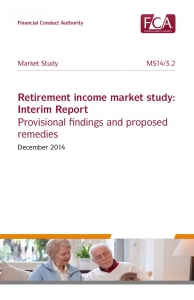Articles about the run up to retirement
NS&I Pensioner Bonds
NS&I Pensioner Bonds
Her Majesty’s Treasury announced the new rates for the NS&I Pensioner Bonds last week. These look incredibly competitive for fixed interest rate cash deposits (bonds). These will be offered in the new year at some point in January. There will be a 1 year fixed rate of 2.80% and a 3 year rate of 4.00%. There is a maximum investment of £10,000 into each. You can have both (£20,000 in total). The interest will be added at each anniversary.
The World Is Not Enough… well £20,000 isn’t
When comparing Bond rates for cash against market equivalents, they are incredibly good – but clearly restricted to a maximum holding of £20,000 per person, I expect that there will be a high demand and as a result the offer could be withdrawn fairly quickly. Blink and you may miss it.
If you would like more information about this please consider the NS&I website. Remember that this is for cash balances that you can afford to lock away for 12-36 months. If you expect to have this money longer than that, then please consider proper investment advice as despite the fact that these rates are “good by comparison” they would be an unwise use of your money as a long-term investment plan (5 years or more). Cash is for your emergency safety net and planned expenses in the 0-48 month window.
Pensioner Bond
The “Pensioner Bond” is only available to those aged 65 or over… which if you are interested would enable 4 of the living 6 actors that played James Bond, 007 to apply.
Timothy Dalton (70); George Lazenby (75); Sean Connery (84), Roger Moore (87). The current James Bond Daniel Craig is 46 and his predecessor Pierce Brosnan is currently 61. The other Bond story is that the new 007 film “Spectre” is scheduled for release in November 2015.
Dominic Thomas





